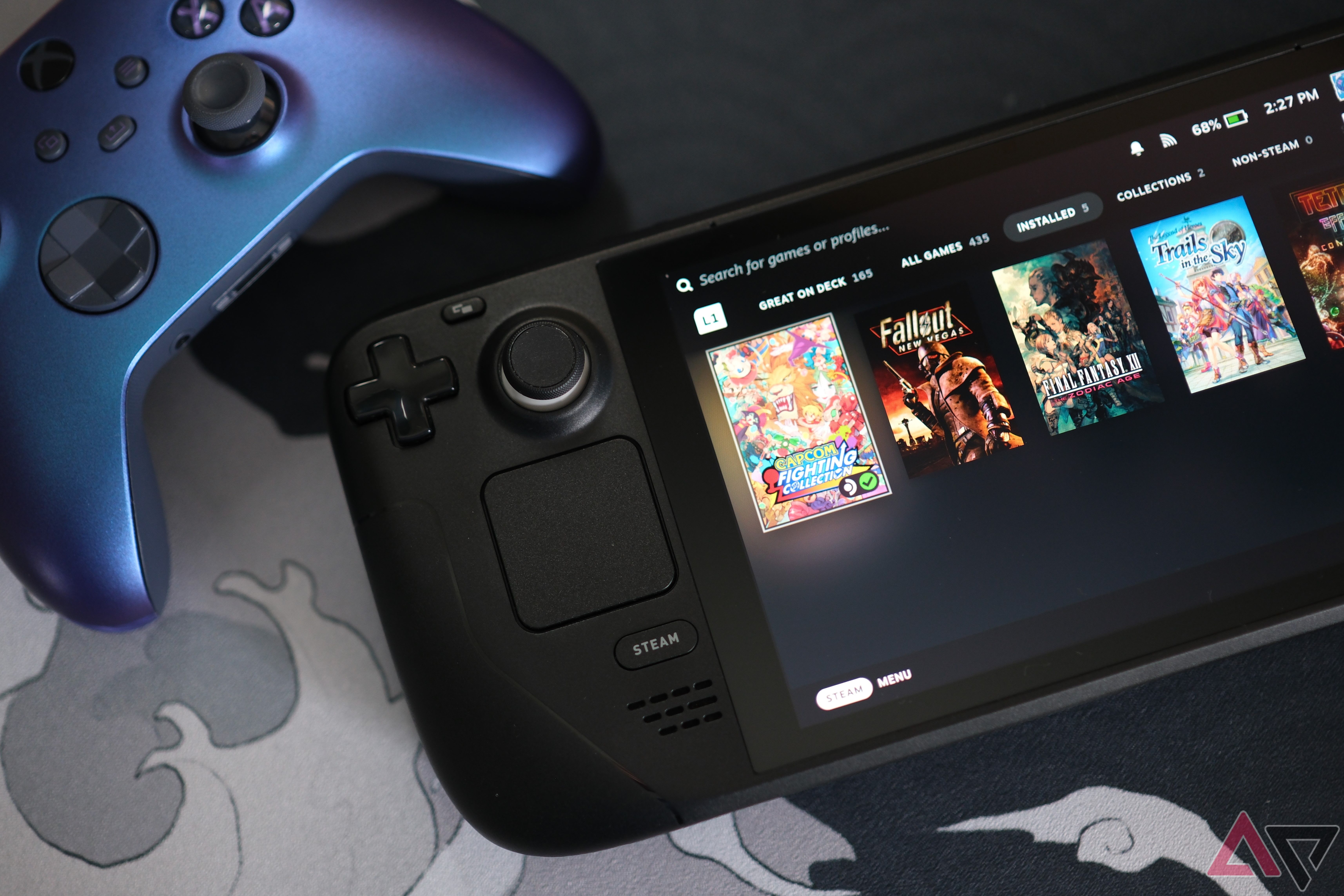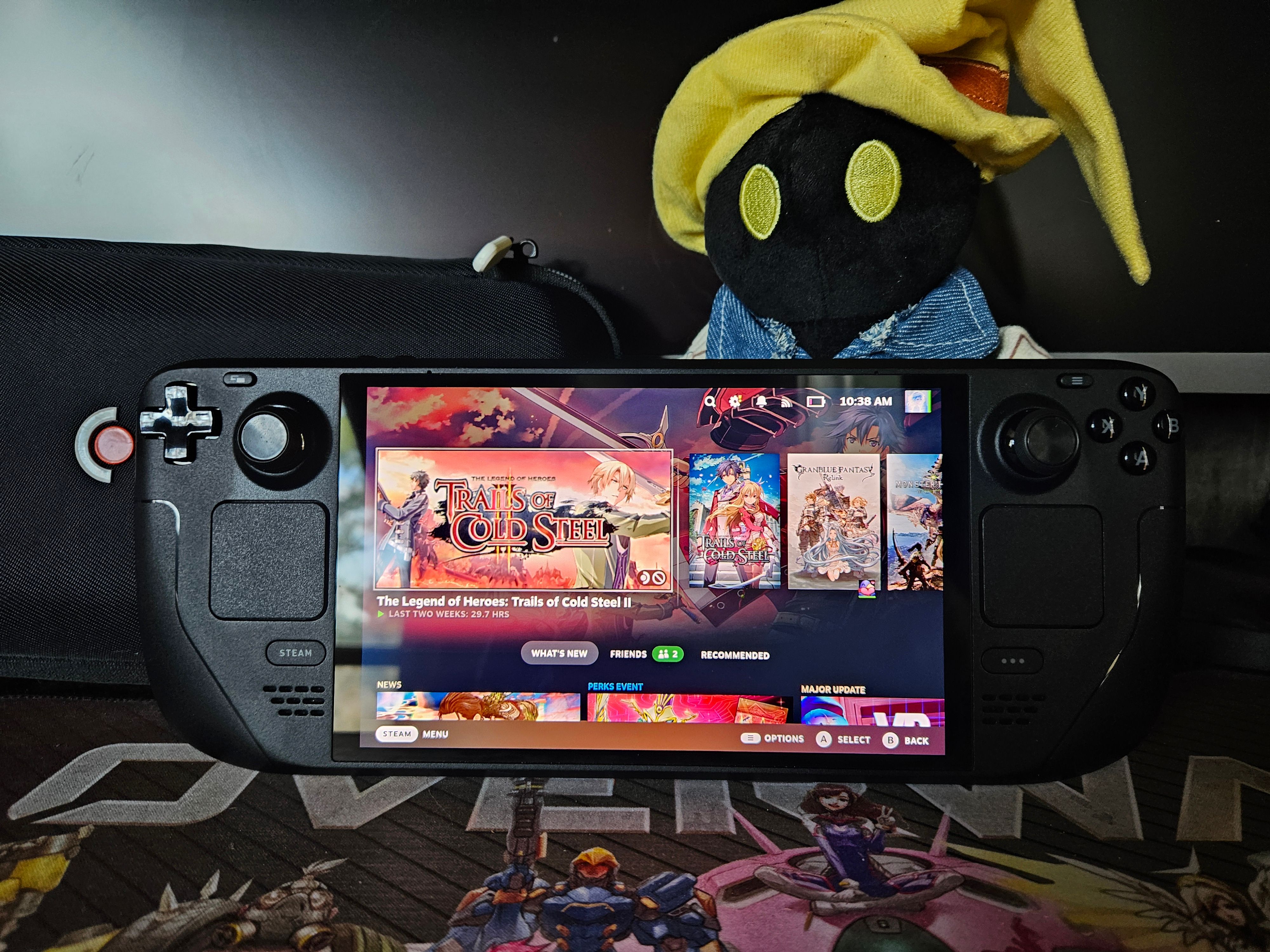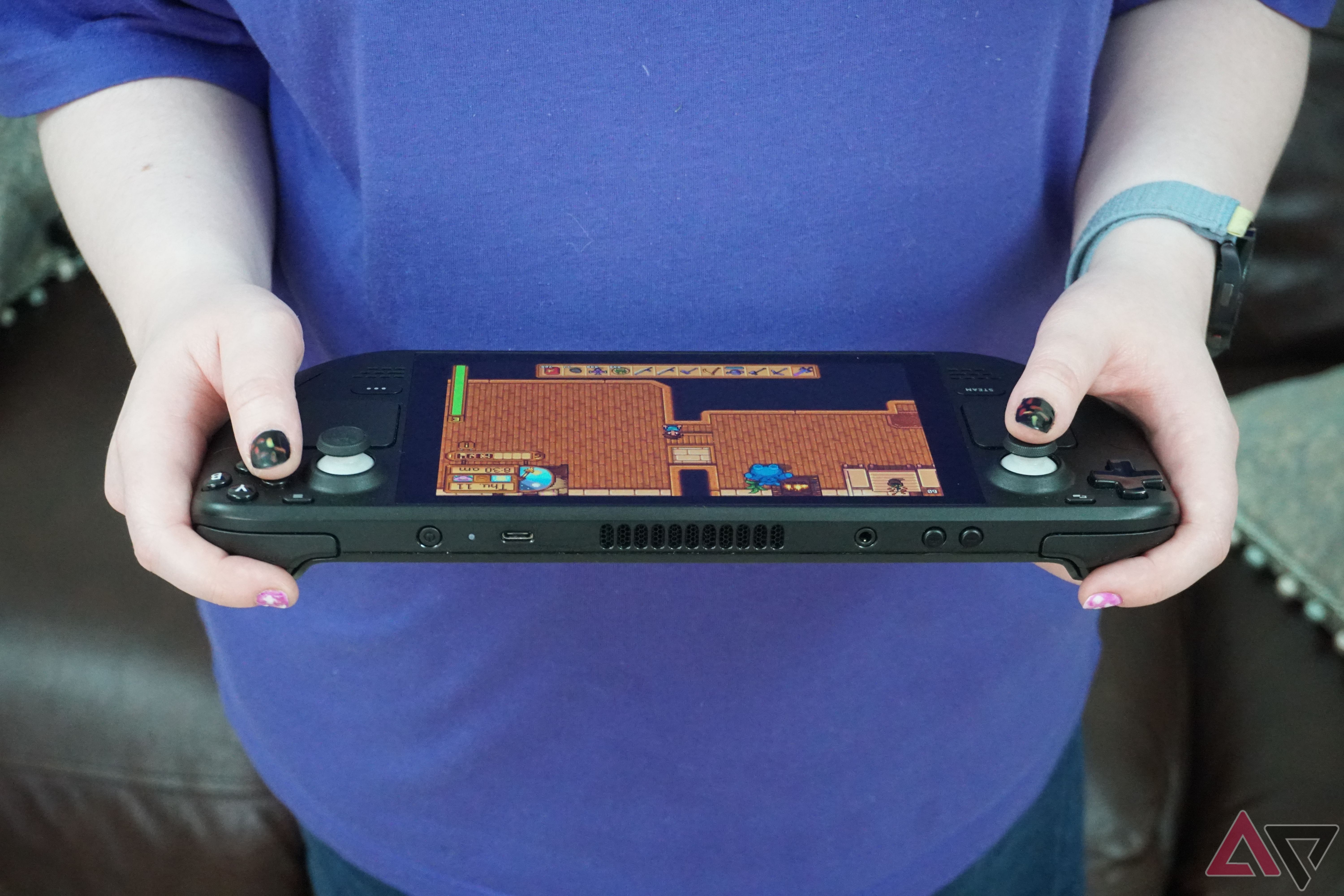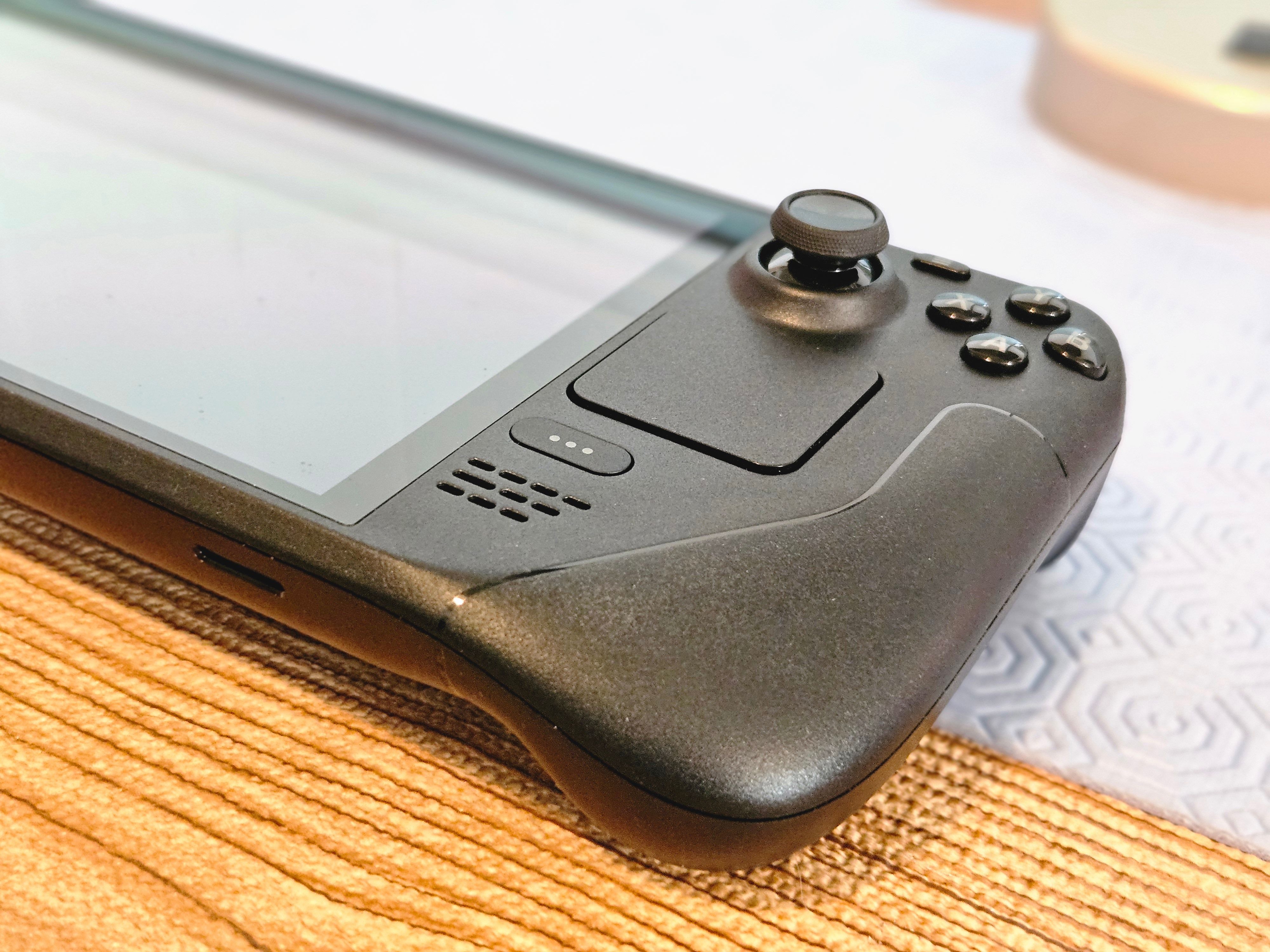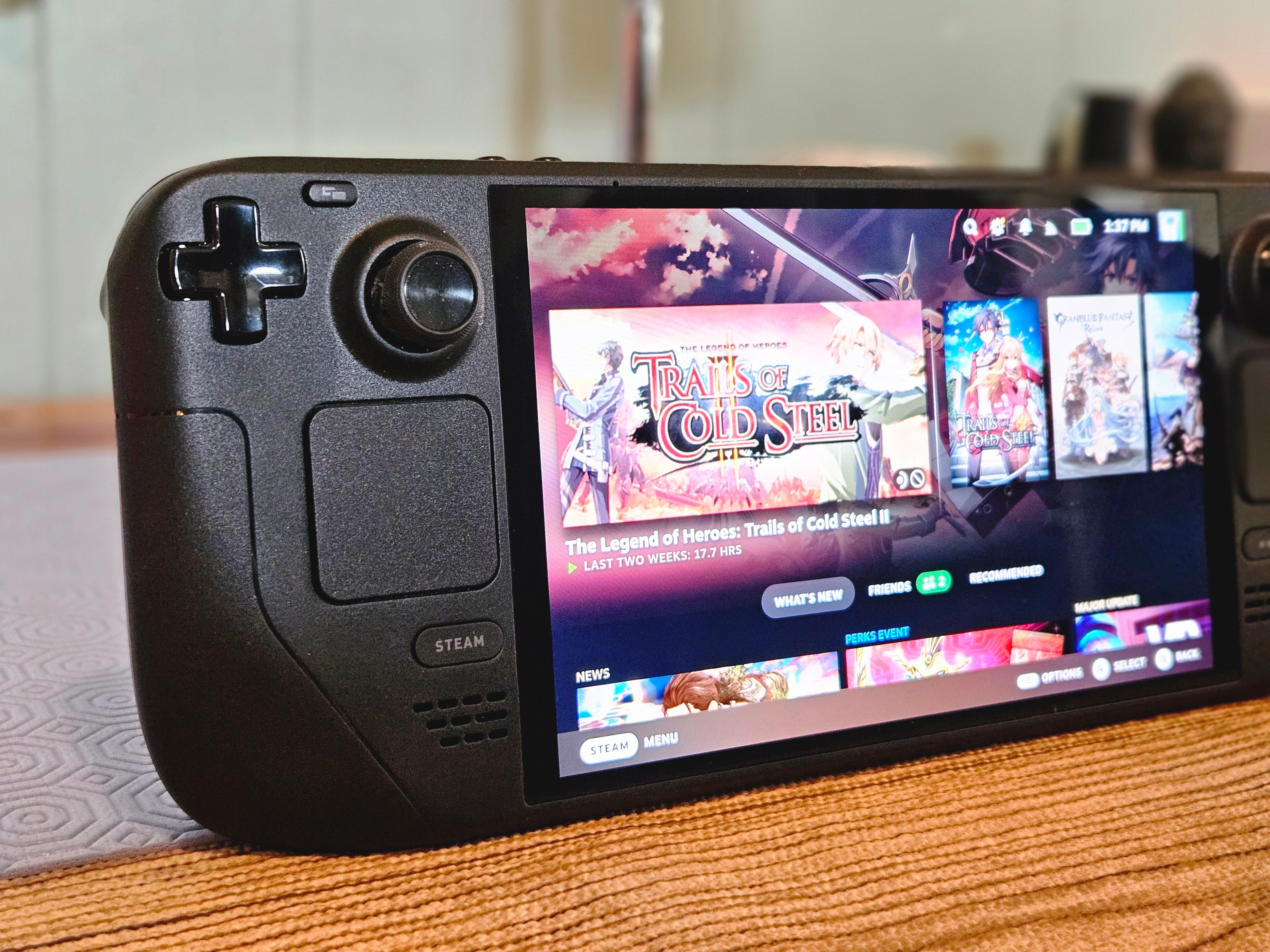-
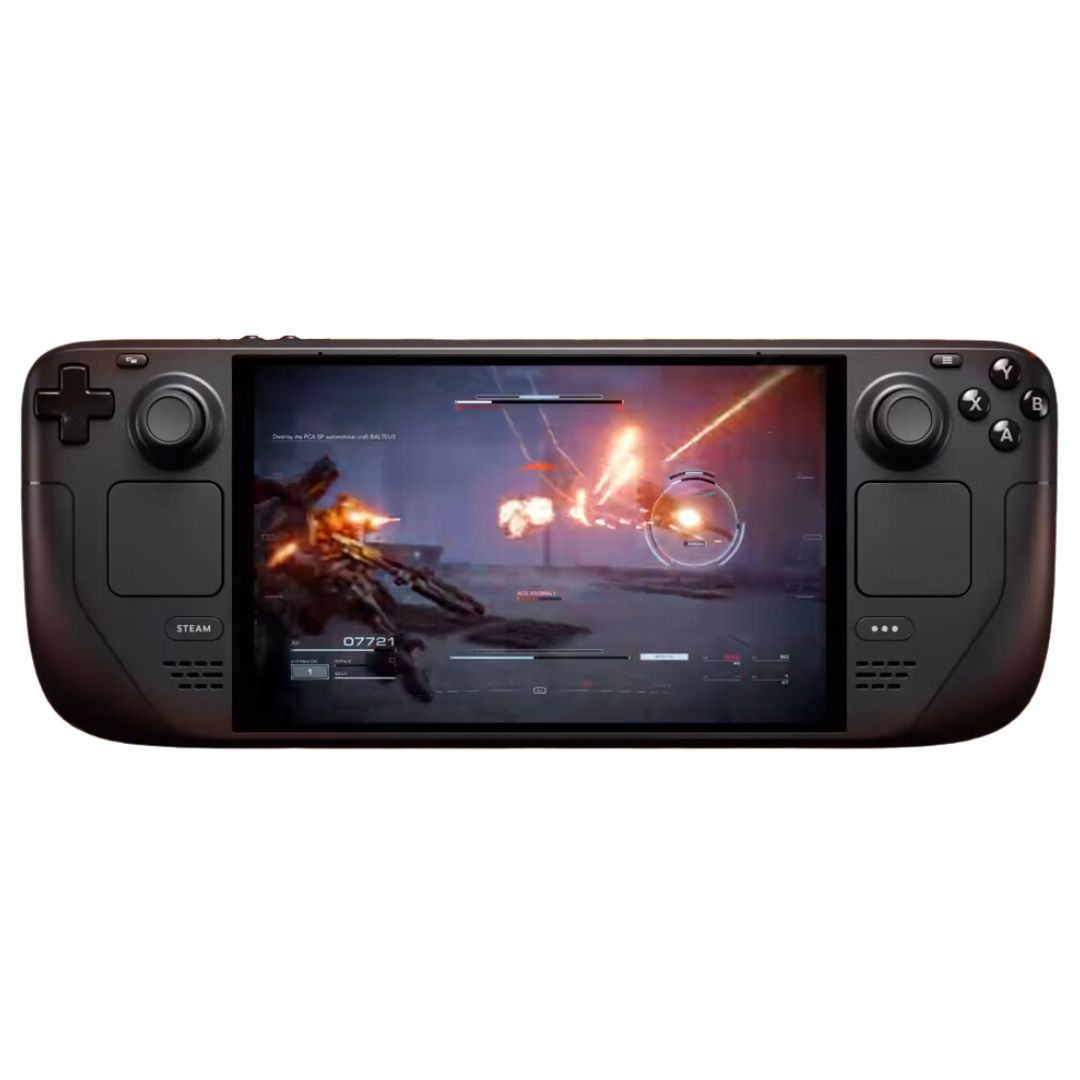
Steam Deck OLED
A notable upgrade
The Steam Deck OLED isn’t a complete overhaul of its LCD predecessor, but improvements in the right places make this upgrade a worthwhile choice. A bigger, more vibrant display is the most noticeable upgrade, but a longer-lasting battery, better connectivity, and lighter weight make this one of the best handheld consoles you can buy.
Pros- Relatively great battery life
- OLED screen is brilliant
- User-friendly software
Cons- No direct support for other PC gaming platforms
- Steam Verified program is still problematic
- No performance upgrades
-
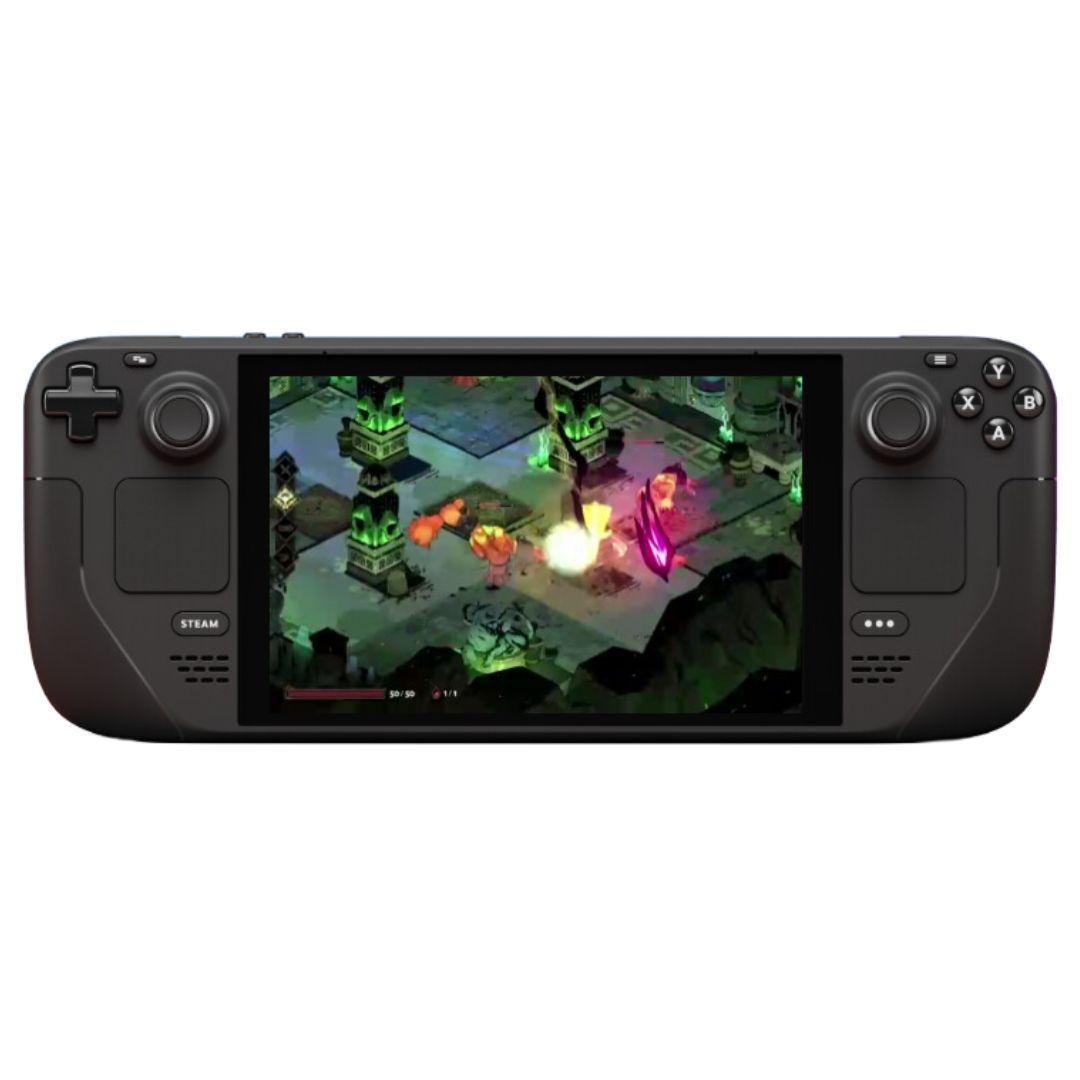
Steam Deck
Affordable performance
The Steam Deck offers some of the most affordable gaming hardware on the market. Despite some bugs and missing features, the handheld console strikes an outstanding balance between performance, battery life, and quality of life. However, you’re limited to games on Steam unless you’re willing to tinker with the Linux-based OS.
Pros- Fantastic performance for the price
- Versatile and customizable controls
- User-friendly software
Cons- No support for Game Pass
- Many games aren’t supported
- Steam Verified program is inconsistent
Valve launched the Steam Deck OLED barely a year after it debuted the Steam Deck LCD. Boasting upgrades to its display, battery life, and connectivity, it’s clear that Valve learned from its mistakes when producing the Steam Deck’s sequel. Not only did it launch with improved hardware, but the Steam Deck LCD’s regular software updates ensured the OLED variation launched without the issues that plagued the original’s launch.
The Steam Deck OLED is a better handheld console on paper, but a lack of performance improvements and a hefty price hike means the choice between the two consoles isn’t as clear-cut as you might think. We’ll help you decide which one to choose if you’re new to the Steam Deck and whether you should consider upgrading if you already own a Steam Deck LCD.
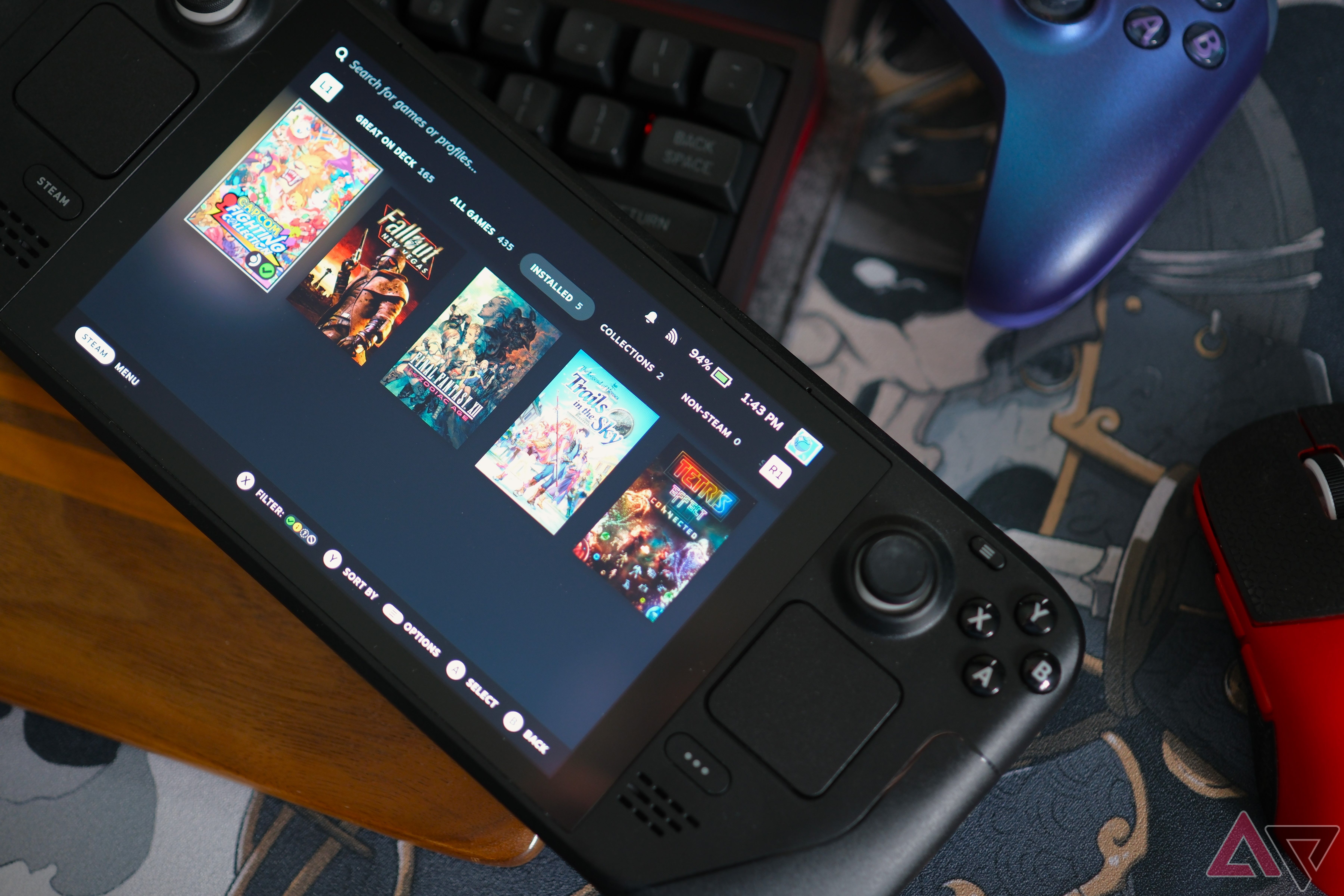
Common Steam Deck issues and how to fix them
How to fix your Deck’s software problems quickly
Price, specs & availability
The Steam Deck LCD and OLED are available through Valve’s online storefront and ship free to the US, Canada, Europe, Japan, Australia, New Zealand, and the UK. The Steam Deck LCD is available in a single 256GB ($399) model; the Steam Deck OLED is available in 512GB ($549) and 1TB($649) models.
-
Steam Deck OLED
- Dimensions
- 298 x 117 x 49mm
- Playing Time
- 3-12 hours
- Brand
- Valve
- Weight
- 640g
- Chipset
- Zen 2 AMD APU 2.4-3.5GHz
- RAM
- 16GB
- Storage
- 512GB, 1TB
- Wireless Connectivity
- Bluetooth 5.2, WiFi 6E
- Display
- 7.4-inch 1280×800 OLED, 90Hz
- Graphics
- AMD RDNA 2, 1.6GHz
- Ports
- Headphone jack, USB-C, MicroSD
- Battery
- 6,470mAh
-
Steam Deck
- Dimensions
- 298 x 117 x 49mm
- Playing Time
- 2-8 hours
- Brand
- Valve
- Weight
- 669g
- Chipset
- Zen 2 AMD APU 2.4-3.5GHz
- RAM
- 16GB
- Storage
- 256GB
- Wireless Connectivity
- Bluetooth 5.0, Wi-Fi 5
- Display
- 7-inch 1280 x 800 LCD, 60Hz
- Graphics
- AMD RDNA 2, 1.6GHz
- Ports
- Headphone jack, USB-C, MicroSD
- Battery
- 5,200mAh
Design and display
Blindingly brilliant display upgrades
First and foremost, Valve did not change the design of the Steam Deck OLED, barring the display, which allows for continued support of existing accessories. Thanks to the screen, it is slightly lighter; otherwise, you won’t notice any difference when holding the console. The display, on the other hand, is an entirely different matter.
The Steam Deck OLED and LCD have 1280×800 screens, but the OLED model pushes the size from 7 inches to 7.4. It’s a small but noticeable difference; if you’ve seen the Nintendo Switch LCD and OLED models side-by-side before, you have a good idea of what to expect here; 0.4″ more might not seem like a lot on paper, but it creates more screen real estate that is immediately noticeable in games.
Of course, the prominent feature is the upgrade from LCD to OLED. The difference between the LCD and OLED displays is huge and is the most significant factor when comparing the two consoles. Not only are colors more vibrant and blacks deeper, but the peak brightness is a whopping 1,000 nits compared to the mediocre 400 nits on the LCD model. It also supports HDR, and the refresh rate has been bumped up to 90Hz.
These improvements have a massive impact on the quality of your games. If visuals are the most important thing for you when it comes to gaming, you can stop reading now and buy the Steam Deck OLED instead. The LCD model doesn’t come close.
However, things are a little trickier if you’re considering upgrading from the Steam Deck LCD to OLED. The price difference is $150, and that’s not even counting the refurbished Steam Deck LCD models you can find for as little as $319. If you’re still on the fence, you’ll need to also consider battery life and performance.
Battery life
Inconsistent but significant upgrades
On paper, the Steam Deck OLED seems like a clear winner regarding battery life, but things are more complex in reality.
The Steam Deck OLED boasts a battery capacity of 50 watt-hours, so a game that uses 50W should last about an hour. This is more than the LCD’s 40-watt-hour battery, but the effect this has on games varies wildly.
For demanding games that come close to or reach 40W power consumption, you can expect around 15 minutes of extra gaming time on the Steam Deck OLED. However, the more efficient APU means this extra screen time is actually closer to 30 minutes. The difference becomes more significant the less power-hungry the games are. You can expect multiple hours more battery life for games like Stardew Valley or Dead Cells.
Overall, while your experience with the Steam Deck’s battery life will vary, the OLED wins this comparison hands down. It even charges around 30% faster!
Performance
Small but effective changes
The Steam Deck OLED’s headliners are the display and battery life, but there are also some minor improvements to performance.
In benchmarks, the Steam Deck OLED sees single-digit performance improvements over the LCD model. This is thanks to more efficient hardware rather than significant upgrades. While this doesn’t sound like much, it can be the difference between a stable 30FPS and fluctuating around 25FPS.
Valve also upgraded the Steam Deck’s connectivity. The jump from Wi-Fi 5 to 6E means the Steam Deck OLED can support a 6GHz network band, potentially boosting download speeds and reducing network congestion. The support for Bluetooth 5.3 also comes with another Bluetooth antenna, improving Bluetooth performance even when docked.
While the Steam Deck OLED’s performance improvements aren’t notable by themselves, they’re the cherry on top of all the console’s upgrades. If you’re considering an upgrade from the LCD model, this should be the least important factor you consider, as while the FPS and connectivity upgrades are nice, they won’t radically affect your gameplay.
Which is right for you?
The Steam Deck OLED nearly renders the LCD model obsolete. Improvements to the screen and battery life are worth it by themselves, and the minor performance upgrades and other changes make it a no-brainer if you’re willing to spend the money.

Steam Deck OLED
A notable upgrade
Despite a lack of notable performance improvements, the major upgrades to the display and battery life make the Steam Deck OLED a fantastic handheld console and a worthy replacement for the LCD model.
While the Steam Deck LED now rests firmly in the OLED’s shadow, the near-identical performance benchmarks keep it relevant. However, despite similar FPS benchmarks, the difference in battery life makes it a tough sell. But a refurbished or second-hand LCD model is a great purchase if you’re looking for a budget handheld console.
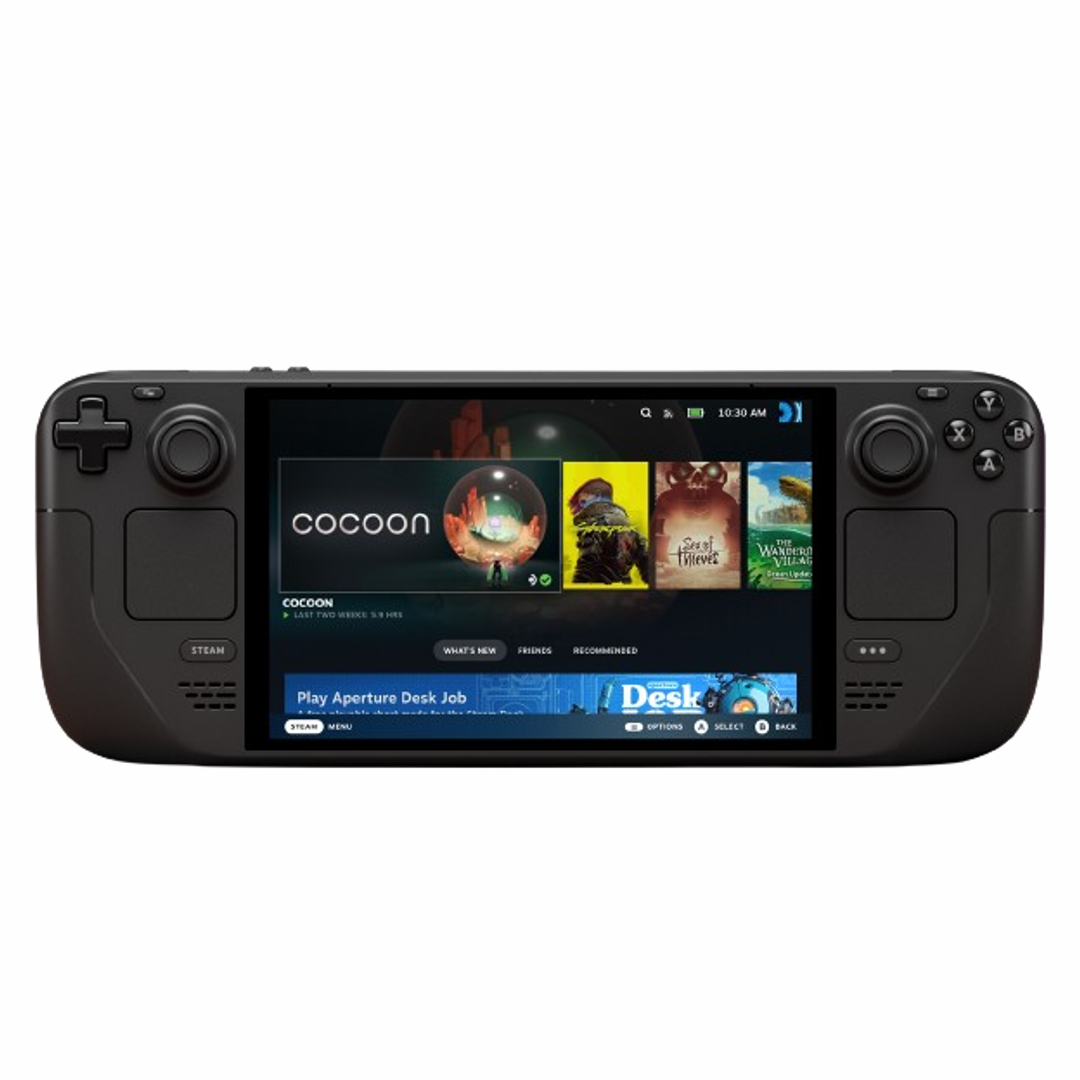
Steam Deck
Affordable performance
The Steam Deck LCD is still a great purchase in 2024. It’s an affordable entry point into handheld PC gaming that makes the right compromises. Just check online about your favorite games before you buy.
Source link

